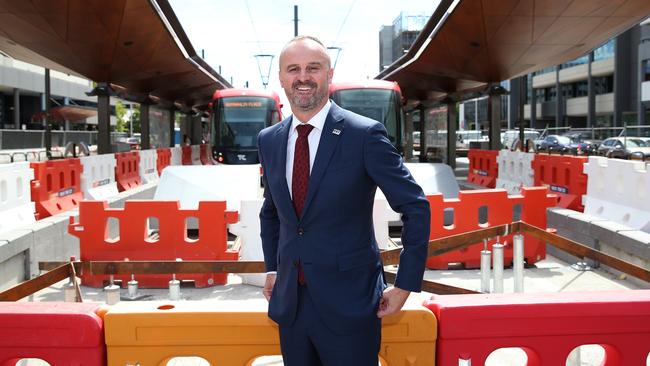You can talk up big projects, but someone has to pay

There are many reasons for caution in adopting this strategy. The first is founded in the viability of these proposed investments.
As with any investment, be it in the private or public sector, it’s important that it makes the investor better off. For government spending, this means the benefits to the Australian people need to outweigh the costs they bear. If this test is not passed for an infrastructure investment, using taxpayer funds or borrowing for the purpose would simply make a bad situation even worse.

Governments should make sure an independent, comprehensive and rigorous cost-benefit analysis is conducted for every proposed infrastructure investment. Furthermore, governments should make their decisions based on those results.
Unfortunately, neither of these “should haves” have been taken seriously by state or federal governments.
First, governments have a habit of conceding to vested interests that have an incentive to lobby governments to support their proposals hoping to “privatise the gains and socialise the losses”. In response, politicians then argue such investments are in the national interest and must be given the green light without a CBA. Either that or the results of unfavourable CBAs remain hidden in some bureaucratic maze. Back-of-the-envelope calculations or jottings on a serviette are not good enough. Remember the NBN?
Second, even when CBAs are commissioned, they are often neither comprehensive nor rigorous because of the lobbying of beneficiaries and politicians who seek to influence the outcomes. The ABC show, Utopia, for anyone who’s watched it, comes chillingly close to the truth.
Several ploys are used to pad the benefits included in CBAs. For example, the costs of employing people to build the infrastructure project are wrongly incorporated as benefits in the name of job creation. Yet, not everyone to be employed in building railways or solar farms would necessarily be otherwise unemployed. The costs to the economy of drawing them away from other jobs must be factored in.
Even the broader wealth generated by an economy that would have been expanding without the investment is sometimes included as a benefit in infrastructure CBAs. How often do we see regional growth being touted as a rationale for government spending? The Inland Rail link from Brisbane to Melbourne would purportedly revitalise the bush. The same type of “benefit padding” was used to justify the light rail investment in Canberra: urban development along the route was attributed to the new transport mode despite the areas being already serviced by bus routes.
On the other side of the ledger, cost estimates are cut to the bone. Yet the expected penny-pinching is seldom realised once construction is under way. Think submarines and Joint Strike Fighters and you get the idea.
It is little wonder these ploys lead to projects being given the CBA tick of approval. Indeed, heavy subsidies are needed to induce private sector involvement in renewable energy schemes and the projected revenues from Very Fast Train ticket sales barely cover the expected operating costs let alone upfront capital expenditure.
If such manipulations of CBA won’t deliver the answer desired by those pushing for infrastructure investment, another option is to ditch the technique altogether and use the more malleable multi-criteria analysis. With this, a scheme’s proponents can subjectively choose the outcomes to be considered and add them together using weights to ensure they get the result they seek.
If taxpayer funds or taxpayer debt are to be used for infrastructure spends, the first thing the Australian public should insist on is rigorous, transparent and independent vetting. Only then can we be confident government investments will make us better off. Otherwise, public sector investments are wastefully taking funds away from the private sector, where we can be confident skin in the game will ensure a beneficial outcome.
Jeff Bennett is emeritus professor at the Crawford School of Public Policy at the Australian National University.



Much has been made of infrastructure investment as the silver bullet that will take the Australian economy out of the forthcoming recession. The ABC’s chief economics correspondent, Emma Alberici, recently asked in a tweet if it was time to proceed with the Very Fast Train. And Adam Brandt’s Green New Deal is spearheaded by vast expansions of renewable energy supply. Governments are consistently being urged to spend up big.